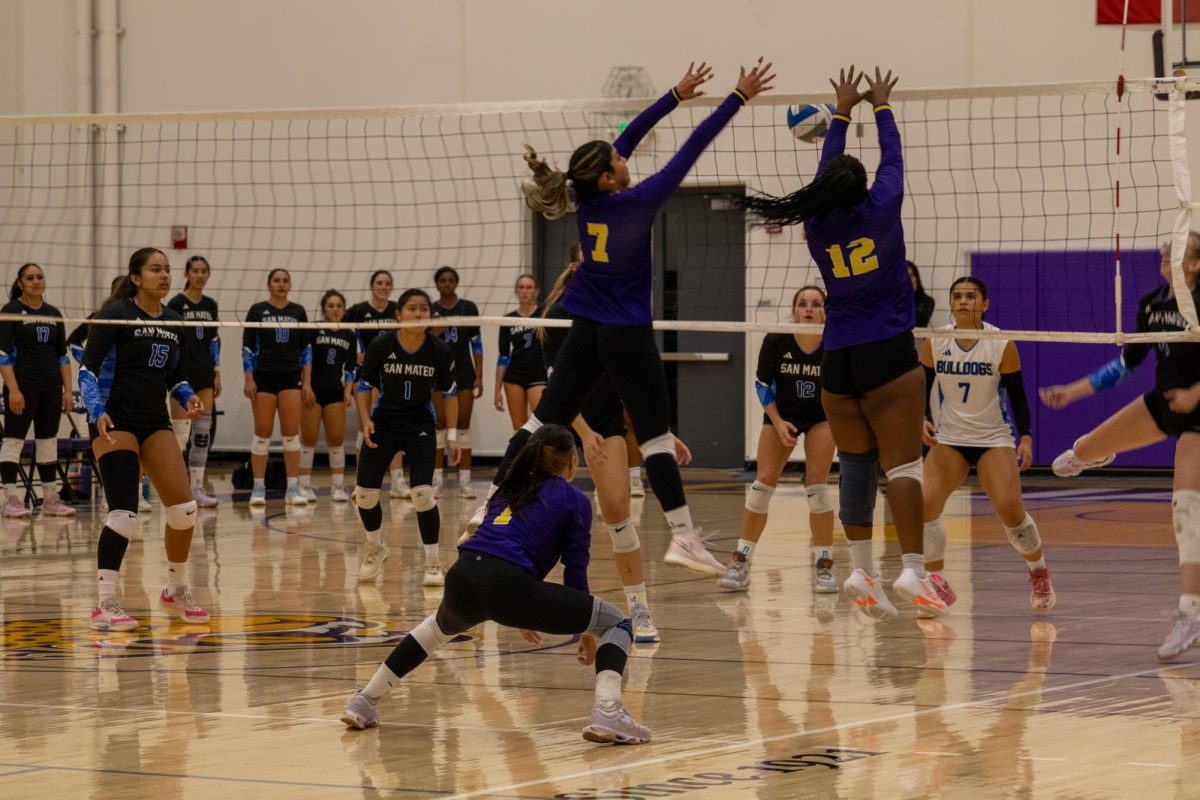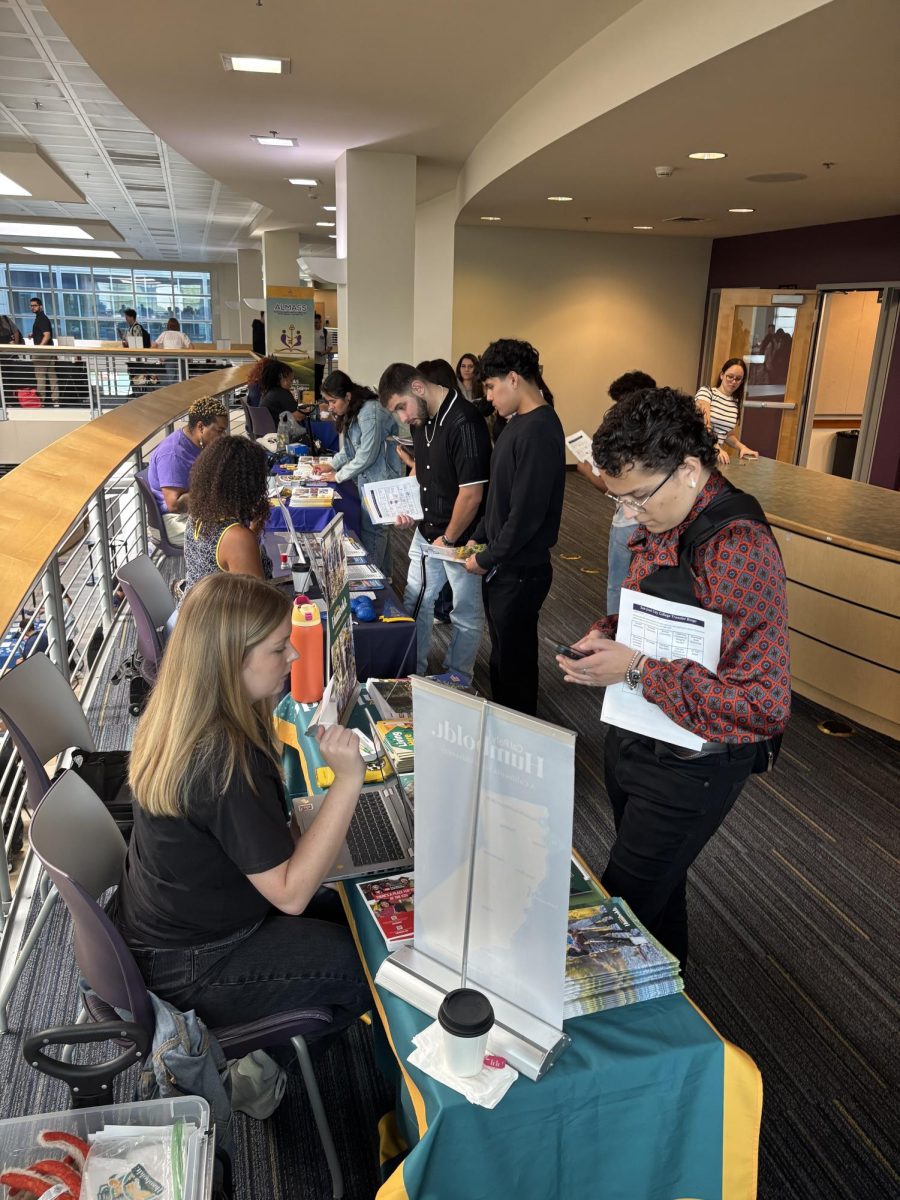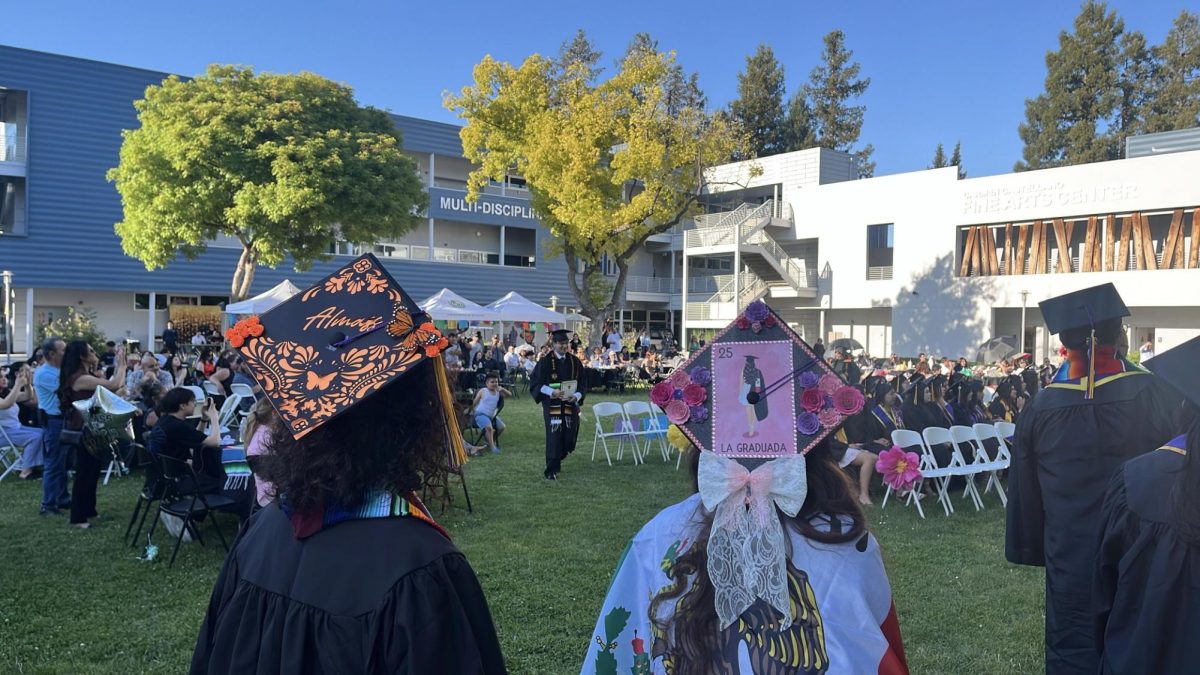From deep inside of the Silicon Valley’s technology culture stems the desperate need for young thinkers and fresh minds in the field. The Robotics and Automation club on campus is fulfilling its role to contribute and empower students with the right mindset and insights to ride the upcoming technology wave.
The club enables its students to expand their horizons and skills through a curriculum within electronics, artificial intelligence and mechanics. Students work in small teams on projects such as various types of robotic arms, drones to deliver goods, as well as autonomous remote control cars. The club also participates in regular competitions.
“One of our recent projects was to build a tiny house, which ended having the most unique design and largest floor plan in competition,” said the Club’s President Joseph Heady. “A future project will include working with drones and designing physical courses to aid farmers and agricultural operations by watering fields from above.”
Students are not required to submit to competitions, they may work on personal projects and endeavors utilizing the resources available if they wish.
“New members are brought up to speed starting on day one, with the fundamentals of robotics concepts,” Heady said. “In the local area, there is not a lot of background knowledge in robotics among students. Our approach reduces the hurdles newcomers may have to face before catching up to speed in the subject.”
Full-time members are granted the freedom to pursue self-directed projects, access to the maker space, and support from a like-minded community, while all members have access to weekly workshops on Fridays from 5pm to 8pm.
A few of the club’s features are the facilities, resources and career opportunities it provides for students.
“We’ve got high end equipment and materials such as 3D printers and powerful software available for students to learn with and experiment,” said Heady. “What’s more is that the knowledge gained from such tools and an active membership in the club have added a lot to student resumes in the past.”
The club is also in the process of designing an escape room, which will feature microcontrollers to create a gaming environment where participants can test their abilities in logic, math, chemistry, music, history and more.
In addition, after several negotiations with campus administrators the club has successfully adopted a new location: room 307 building 300.
“We had to work very hard and expend several hours to gather the support needed to obtain a new space and funding. It was almost a battle, definitely not easy,” Heady said.
On top of everything the club’s officers aim to improve the club constantly. Heady already has a new vision in his mind: students simply scan their badge upon a tablet when entering the room, while a database maintains a record of their activities, contributions and progress within the club.
“Using a basic RFID tag within the member’s ID we can monitor how active the member is in the club as well as interact with them and provide guidance if required,” Heady said.
It’s the cutthroat desire and even legacy of the Silicon Valley to innovate and explore new fronts. The clubs objectives and nature are aligned toward this type of culture.
“We truly are breaking new ground and opening doors for students,” Heady said. “This is an opportunity that students should jump at and it’s free, while normally robotics can be very expensive.”






